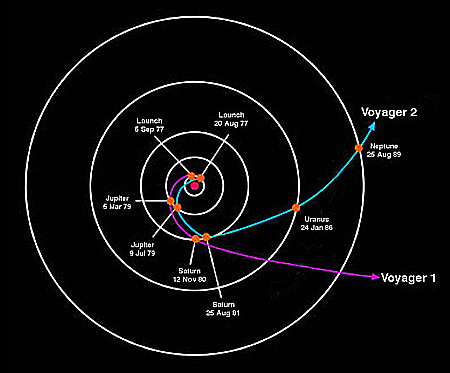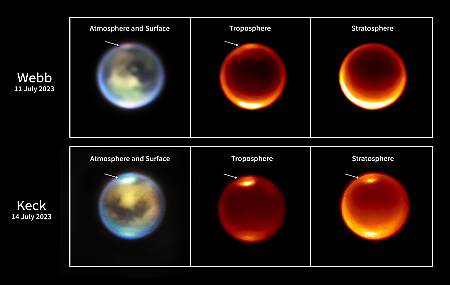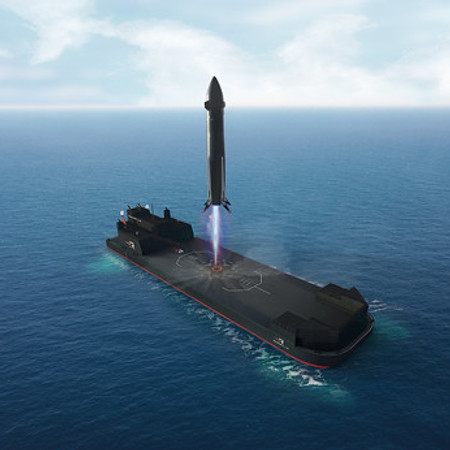May 14, 2025 Quick space links
Courtesy of BtB’s stringer Jay. This post is also an open thread. I welcome my readers to post any comments or additional links relating to any space issues, even if unrelated to the links below.
- New rocket startup HStar Space proposes its own heavy-lift reusable rocket
It wants to launch from French Guiana, Wallops, and Australia. This is a very new company, so our expectations should at this point be very skeptical.
- Firefly touts its composite dome for the tanks on its
Alpha rocket planned medium launch rocket as well as its first stage for Northrop Grumman’s Antares rocket.
Corrected as per my reader Dick Eagleson below. Thank you.
- The New Horizons team notes that the spacecraft continues to detect “high dust impact rates” as it flies outward beyond Pluto in the Kuiper belt
This was first reported in Feburary 2024, but the continuing high impact rate suggests the Kuiper Belt has more in it than predicted.
- On this day in 1973 the last Saturn 5 rocket launched, carrying the first American space station, Skylab, into orbit
Three crews in 1973 occupied the station, for 28, 59, and 84 days respectively. The first mission however had to do major improvised repairs to make the next two missions possible, because during launch a heat shield on the hull ripped off, destroying one solar panel and preventing a second from deploying. Astronauts on that first mission, led by Apollo astronaut Pete Conrad, had to install a new umbrella shield to control the station’s internal temperature, and during a spacewalk released the remaining solar panel. More details in Leaving Earth.
Courtesy of BtB’s stringer Jay. This post is also an open thread. I welcome my readers to post any comments or additional links relating to any space issues, even if unrelated to the links below.
- New rocket startup HStar Space proposes its own heavy-lift reusable rocket
It wants to launch from French Guiana, Wallops, and Australia. This is a very new company, so our expectations should at this point be very skeptical.
- Firefly touts its composite dome for the tanks on its
Alpha rocketplanned medium launch rocket as well as its first stage for Northrop Grumman’s Antares rocket.
Corrected as per my reader Dick Eagleson below. Thank you.
- The New Horizons team notes that the spacecraft continues to detect “high dust impact rates” as it flies outward beyond Pluto in the Kuiper belt
This was first reported in Feburary 2024, but the continuing high impact rate suggests the Kuiper Belt has more in it than predicted.
- On this day in 1973 the last Saturn 5 rocket launched, carrying the first American space station, Skylab, into orbit
Three crews in 1973 occupied the station, for 28, 59, and 84 days respectively. The first mission however had to do major improvised repairs to make the next two missions possible, because during launch a heat shield on the hull ripped off, destroying one solar panel and preventing a second from deploying. Astronauts on that first mission, led by Apollo astronaut Pete Conrad, had to install a new umbrella shield to control the station’s internal temperature, and during a spacewalk released the remaining solar panel. More details in Leaving Earth.











